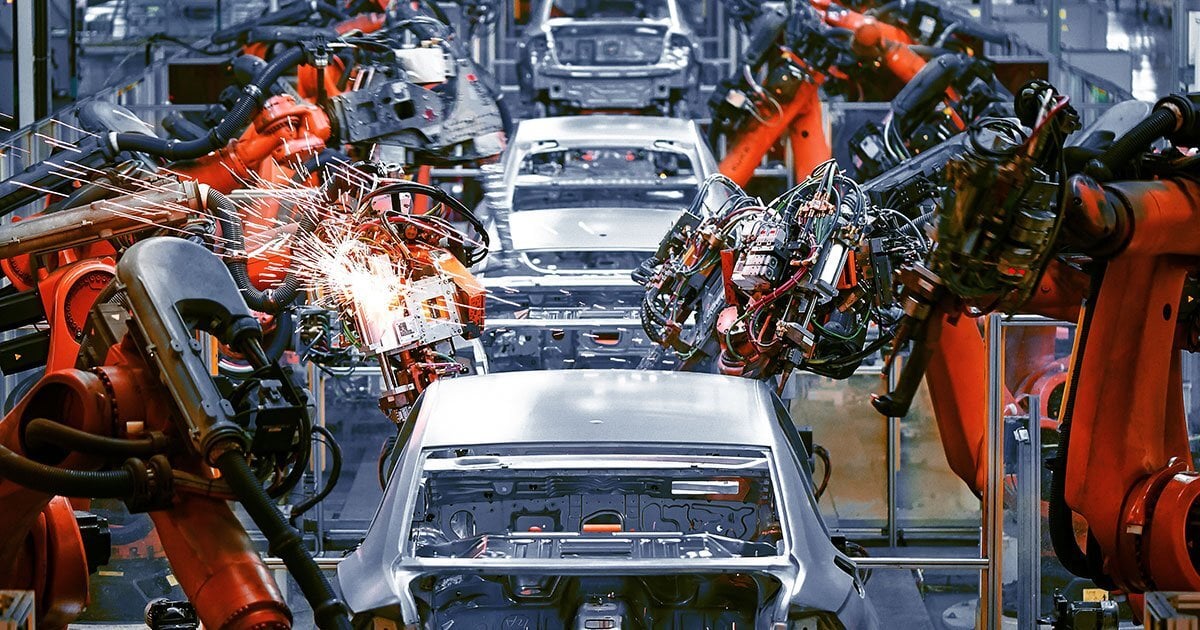1 min read
Inventory Levels Are Shrinking and OEM’s Can’t Keep Up with Demand
New Inventory Levels Are Shrinking and OEM's Can't Keep Up With Demand. ...
1 min read
ZeroSum October 17, 2024

One year ago, automotive dealerships were contending with a significant backlog of electric vehicles languishing on their lots. (Non-Tesla/Rivian) EVs accounted for 5.5% of total inventory, but represented only 3.5% of total vehicle movement in September 2023.
Fast-forward to September 2024 and EV supply and demand are in much better balance. ZeroSum uses MarketAI to track vehicle inventory and movement. Through that data we can see that Electric Vehicle inventory share grew only slightly to 5.7% in September 2024. Meanwhile, EV movement jumped from 3.5% to 4.9% over that same time frame.
What happened? Changes in environmental regulatory requirements for the automotive industry shifted focus from electric vehicle production when the Biden Administration slashed EV targets from 67% to 35% by 2032.
As a result, OEMs adjusted their EV production volumes. For example, in June, General Motors reduced the upper range of its production forecasts of its all-electric vehicles by 17%, and many other manufacturers have followed suit. Multiple companies have said that they will produce volume to match demand. The most recent supply and demand numbers indicate that those decisions are already affecting the EV marketplace.
There are two important things to note for both OEMs and their automotive dealership networks:
The better balance between EV supply and demand is a win for OEMs and automotive dealerships alike. Growing vehicle movement is a positive sign for EVs in the long run, while the slowdown in inventory share growth will help profitability in the short term.
The long term regulatory requirements are still looming, but the industry can take a bit of solace that the current picture is more manageable in the shorter run.

1 min read
New Inventory Levels Are Shrinking and OEM's Can't Keep Up With Demand. ...

1 min read
National Trend Update: Moved vehicles still positive despite falling inventory.

1 min read
National Trend Update: States Are Seeing Weekly Double-Digit Growth National...